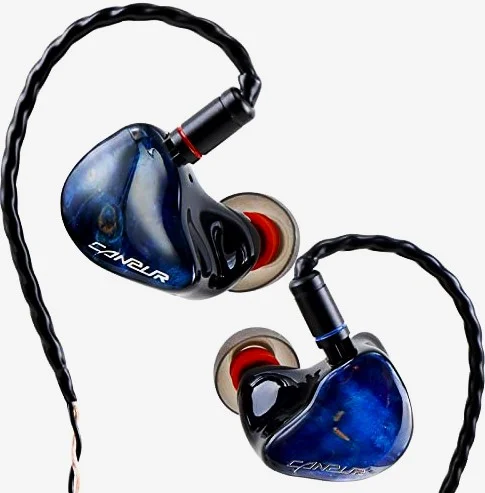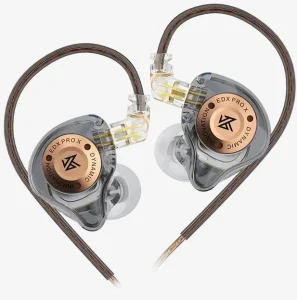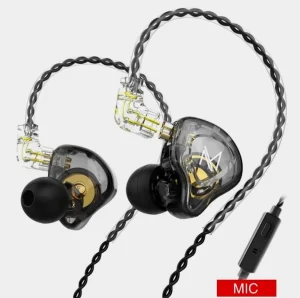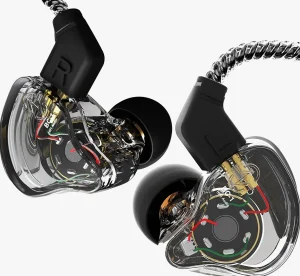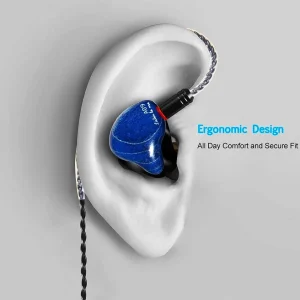In-ear monitor headphones are a popular choice for musicians and audiophiles. They provide clear sound and a snug fit, making them ideal for live performances and everyday listening.
These headphones offer high-quality audio and help block outside noise. Many artists use them on stage to hear themselves and their bandmates better. Fans of music also appreciate in-ear monitors for their comfort and sound clarity. With various brands and models available, choosing the right pair can be overwhelming.
Understanding features like sound isolation, frequency response, and fit is essential. This guide will explore the key benefits and considerations for in-ear monitor headphones. Dive in to find out how they can enhance your listening experience.
The Evolution Of Personal Audio
The journey of personal audio began with boomboxes. These large devices played music loud and clear. They were popular in the 1980s and 1990s. People carried them on their shoulders. Music was everywhere.
Then came smaller devices. Walkman’s and CD players made music portable. Users enjoyed their favorite songs on the go. Headphones became more common, too. People loved the private experience of listening.
Earbuds entered the scene next. They were tiny and easy to carry. But they lacked sound quality. This led to the rise of in-ear monitors. These devices fit snugly in the ear. They block outside noise and provide better sound.
In-ear monitors are popular among musicians. They allow artists to hear their music clearly. This helps them perform better on stage. Now, many people use them for daily listening.
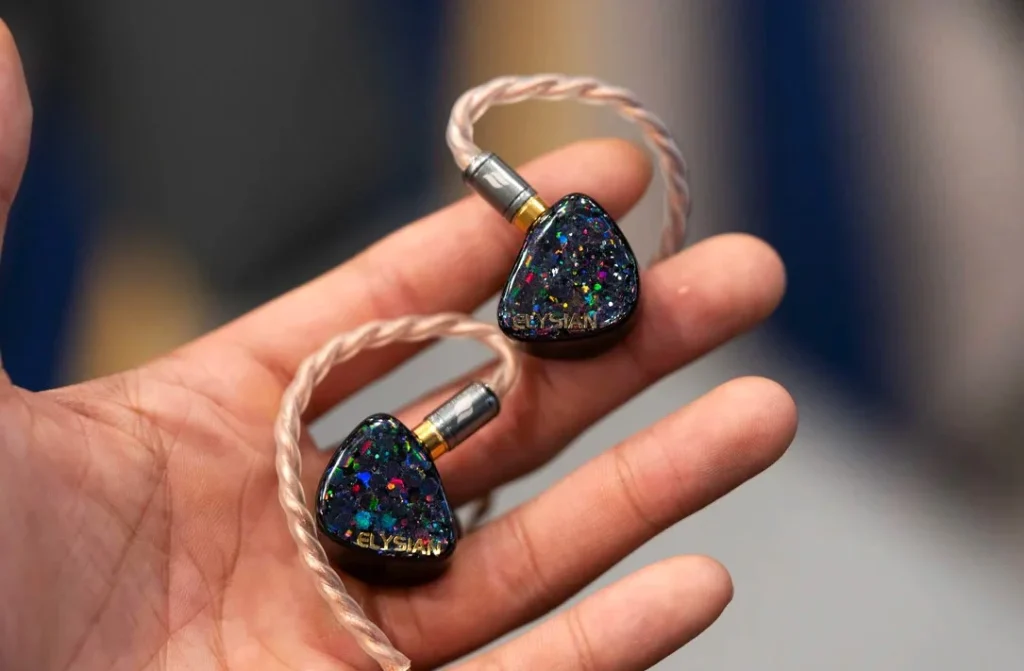
What Sets In-ear Monitors Apart
In-ear monitors are special headphones. They fit snugly in your ear. This design makes them comfortable for long use.
Many models come with different sizes of ear tips. You can choose the right fit for you. A good fit helps block outside noise.
Sound isolation is key. It means you hear music better. Less outside noise means clearer sound.
These headphones provide great sound quality. You can enjoy deep bass and clear highs. This makes listening more enjoyable.
Anatomy Of In-ear Monitor Headphones
Drivers play a big role in sound quality. They change electrical signals into sound. Different drivers give different sound experiences. For example, dynamic drivers produce strong bass. Balanced armature drivers give clear and detailed sounds. Many in-ear monitors use both types for better audio.
Cables connect the headphones to devices. Some use a standard 3.5mm jack. Others have detachable cables for easy replacement. Wireless options exist too. Bluetooth connections are popular for convenience.
Good connectivity is essential for quality sound. Poor cables can affect performance. Strong connections ensure clear audio without drops.
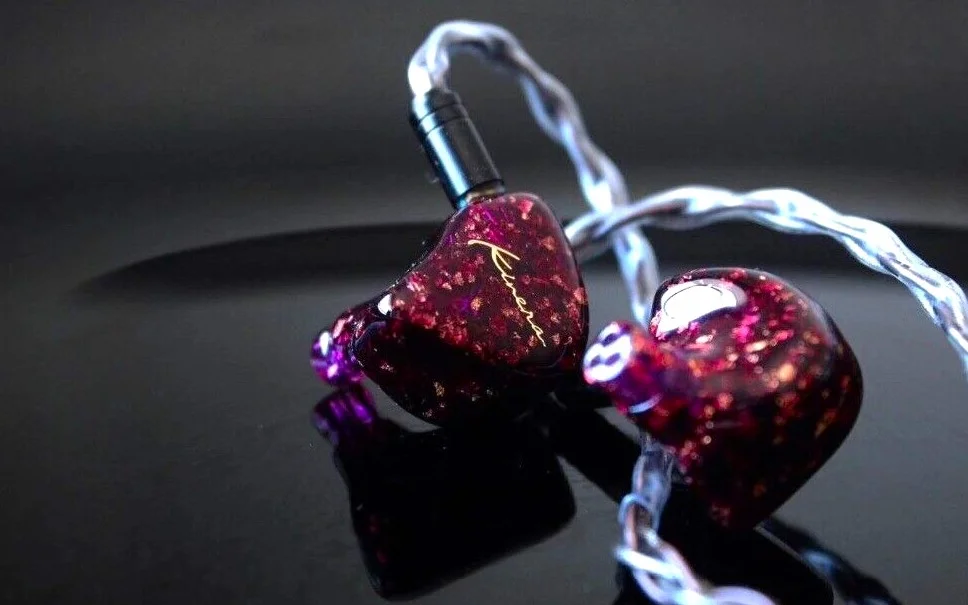
Custom Vs. Universal In-ear Monitors
Choosing between custom and universal in-ear monitors is important. Custom molding offers many benefits. It fits your ears perfectly. This can improve sound quality. It also blocks outside noise better.
Comfort is another key factor. Custom molds feel more comfortable over long periods. They can reduce ear fatigue. Universal fit options are often cheaper. They come in many sizes. It’s easy to find a pair that works.
Universal fit is great for casual users. They are easy to use and buy. They work well for quick listening sessions. If you need to share headphones, universals are better.
In-ear Monitors On Stage And Studio
In-ear monitors are popular for many reasons. They help artists hear their music clearly. This is very important during live shows. With these monitors, artists can control their sound.
Many musicians prefer in-ear monitors because they block outside noise. This helps them focus better. They can hear their voice and instruments well.
In-ear monitors also make it easier to move around. Artists can perform freely without worrying about speakers. This leads to a better show for everyone.
For sound engineers, in-ear monitors help manage sound levels. They can adjust the mix for each artist. This creates a great experience for the audience.
Selecting The Right In-ear Monitors
Think about your sound preferences. Do you like clear highs or strong bass? Different in-ear monitors give different sound styles. Choose what feels best for you.
Price is also important. Set a budget before you shop. Some good options are not too expensive. Others can cost a lot. Find a balance between quality and price.
Read reviews to help decide. They show how others feel about the sound. This can guide you to the right choice.
Care And Maintenance Of Your In-ear Monitors
Cleaning your in-ear monitors is very important. Use a soft, dry cloth to wipe them. Avoid using water or cleaning agents. Clean the ear tips often. Remove them and wash with mild soap. Let them dry completely before using.
Store your monitors in a case when not in use. This prevents damage and dust buildup. Handle them gently. Pull the plug, not the wire. Avoid wrapping the cable tightly. This can cause breakage.
Keep them away from heat and moisture. Both can harm the electronics. Regular care keeps your monitors sounding great.
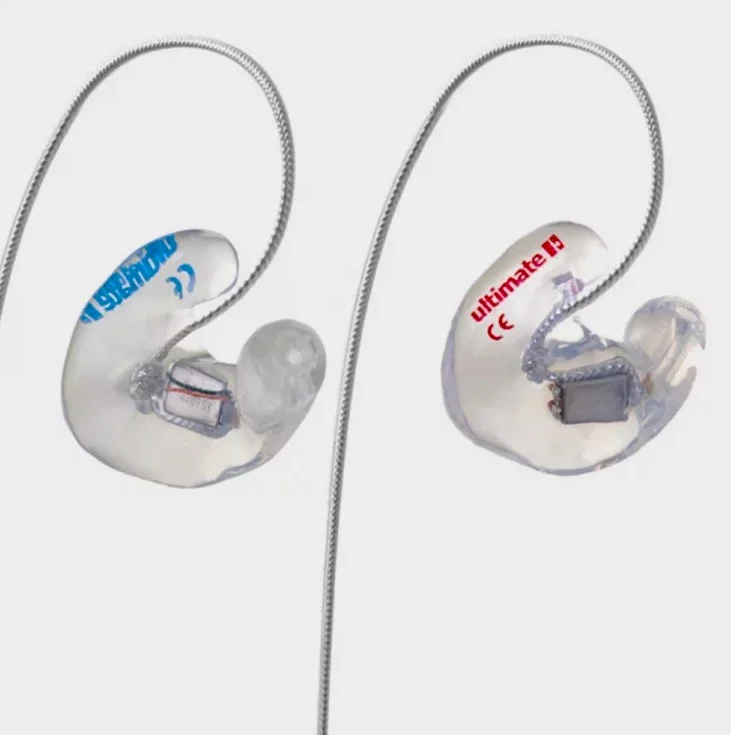
Future Trends In In-ear Monitor Technology
Wireless technology is changing in-ear monitors. They are now more convenient. Users enjoy freedom from wires. Sound quality improves with new wireless systems. Many brands are working on this.</p
Smart technologies are becoming popular. In-ear monitors can connect to apps. Users can control sound settings easily. Customization options are on the rise. This makes listening more personal.</p
Battery life is also improving. Longer usage time is now possible. Quick charging features are available. This means less downtime for users.
Overall, in-ear monitor technology is advancing fast. These changes make listening more enjoyable.
Frequently Asked Questions
What Are In-ear Monitor Headphones?
In-ear monitor headphones, or IEMs, are specialized audio devices. They provide musicians and audio professionals with high-quality sound monitoring. Designed to fit snugly in the ear, they isolate external noise. This allows for a clearer listening experience, essential during live performances or studio recordings.
How Do In-ear Monitors Work?
In-ear monitors work by using tiny drivers to produce sound. These drivers convert electrical signals into audio waves. IEMs fit directly in the ear canal, blocking outside noise. This design enhances sound quality and allows users to hear intricate details in their music or performance.
What Are The Benefits Of Using Iems?
The benefits of using IEMs include superior sound isolation and clarity. They reduce background noise, enabling better focus on the audio. IEMs are also portable and comfortable for extended use. Additionally, they can be customized for individual ear shapes, ensuring a perfect fit.
Are In-ear Monitors Worth The Investment?
Yes, in-ear monitors are worth the investment for serious musicians. They offer professional sound quality that enhances performances. While they may cost more than regular headphones, their durability and sound fidelity justify the price. Investing in IEMs can significantly improve your audio experience.
Conclusion
In-ear monitor headphones offer clear sound and comfort. They help musicians hear themselves better on stage. These headphones block outside noise, making listening enjoyable. Choosing the right model is important for your needs. Consider comfort, sound quality, and fit. Investing in good in-ear monitors can enhance your audio experience.
Whether for practice or performance, they make a difference. Enjoy your music or performance with the best sound possible. Find the perfect pair and elevate your listening experience today.
